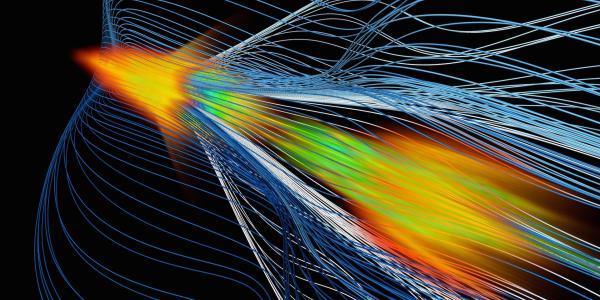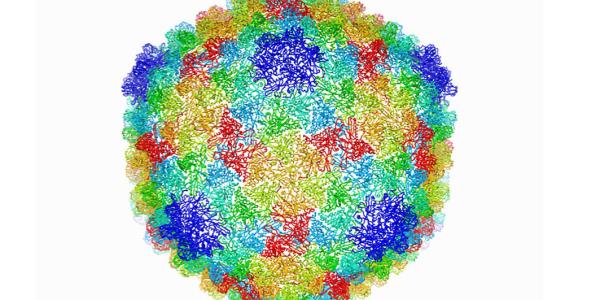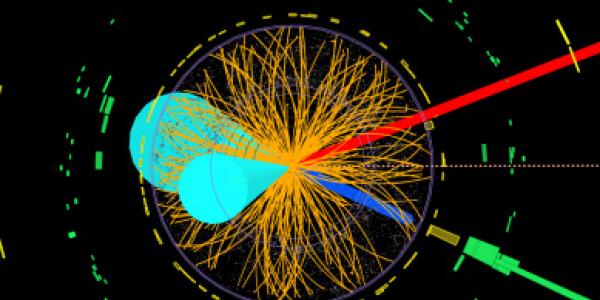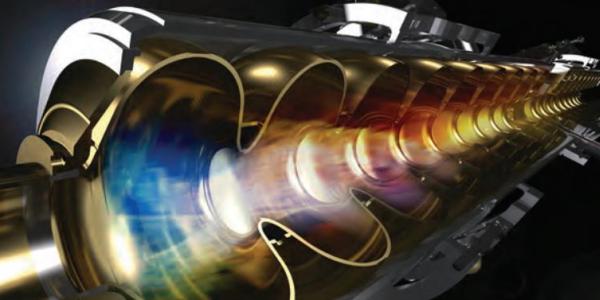
Machine Learning (ML) algorithms are found across all scientific directorates at SLAC, with applications to a wide range of tasks including online data reduction, system controls, simulation, and analysis of big data. An important design principle of ML algorithms is the generalization of learning patterns across different tasks, which motivates shared tool-development and R&D at an inter-directorate level. ML-at-SLAC is a hub for ML activities at the lab, providing resources and connections between ML experts and domain scientists.
Areas of Scientific Research
We design, build, and operate high-performance accelerators used as scientific research instruments. Machine Learning has been applied to accelerator tuning and control, expediting accelerator design optimization, and data analysis and modeling for accelerator diagnostics. Continued development of Machine Learning for accelerators is key to delivering the highest accelerator performance for the user sciences.

We enable the study of the building blocks of the cell from its smallest constituents to its largest structures through imaging experiments that produce big data at ever increasing resolution and data rate. Development of Machine Learning for cryoEM data processing and analysis will have a huge impact on our understanding of the molecular basis of life.

We study our universe from the smallest constituents to the largest structure through physics experiments that produce big data at ever increasing precision and data rate. Lead by SLAC researchers, Machine Learning has made huge impact in the area of physics simulation data analysis.

We use one of the world's brightest x-ray sources powered by our electron accelerator to take snapshots of atoms at work, revealing how the smallest constituents of our world work. SLAC is leading the way of machine learning at the edge, where fast inference models can help reduce the data load.

SSRL is a synchrotron x-ray radiation scientific user facility. Scientists visit from all over the world to view the nanoworld, leading to cutting-edge research in drug discovery, energy efficiency and supply, environmental remediation (toxic waste cleanup), electronics, telecommunications and manufacturing.

